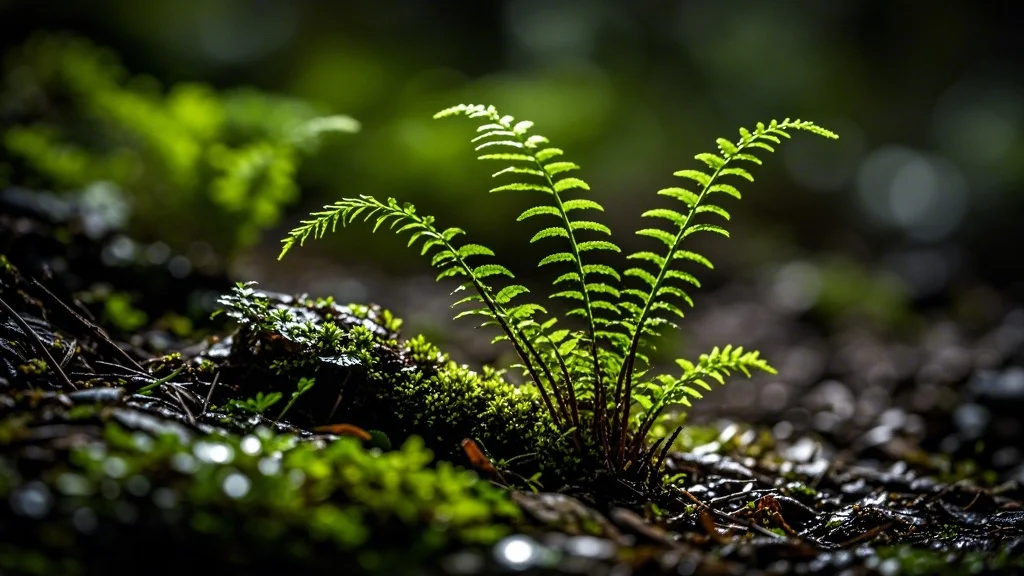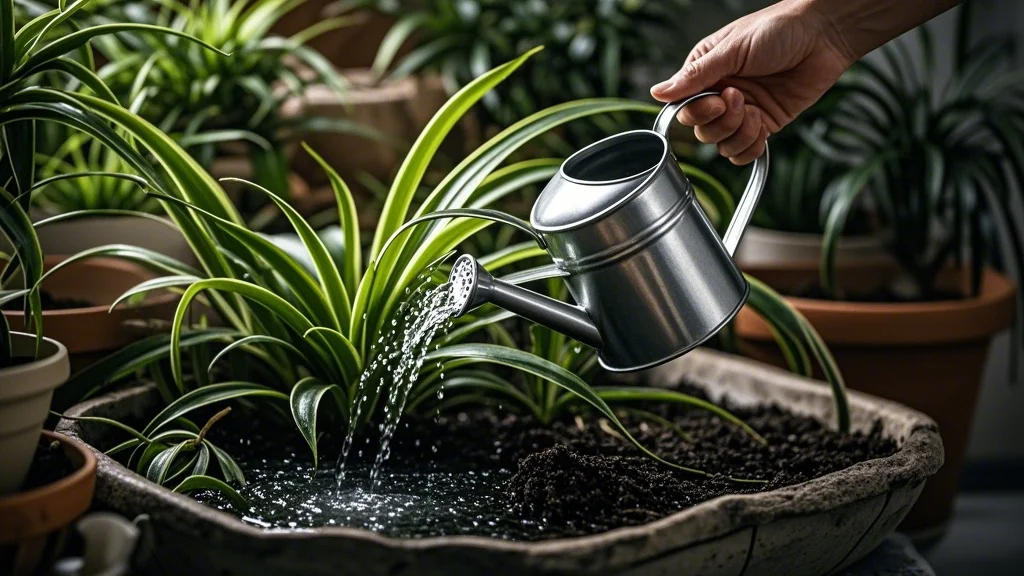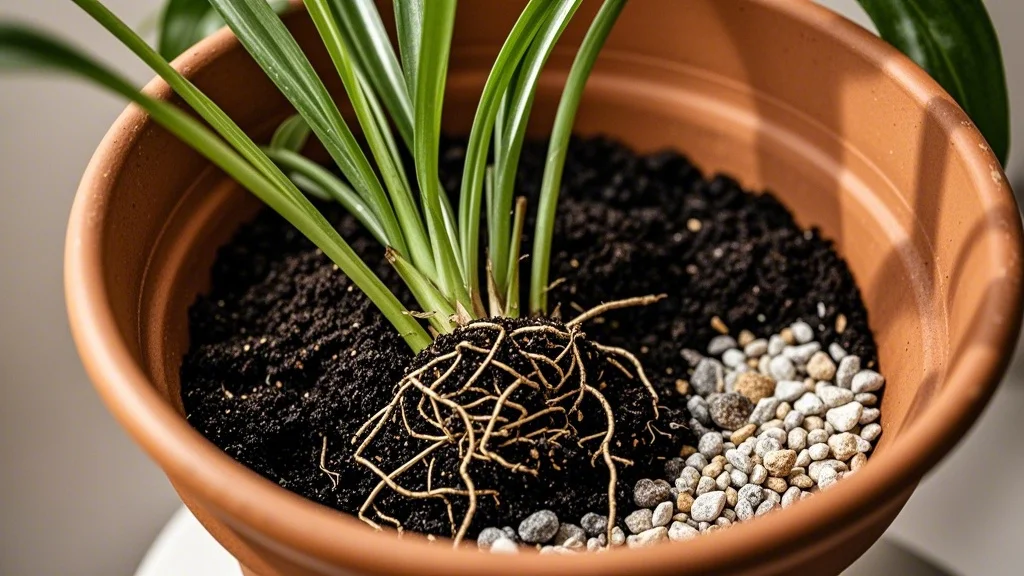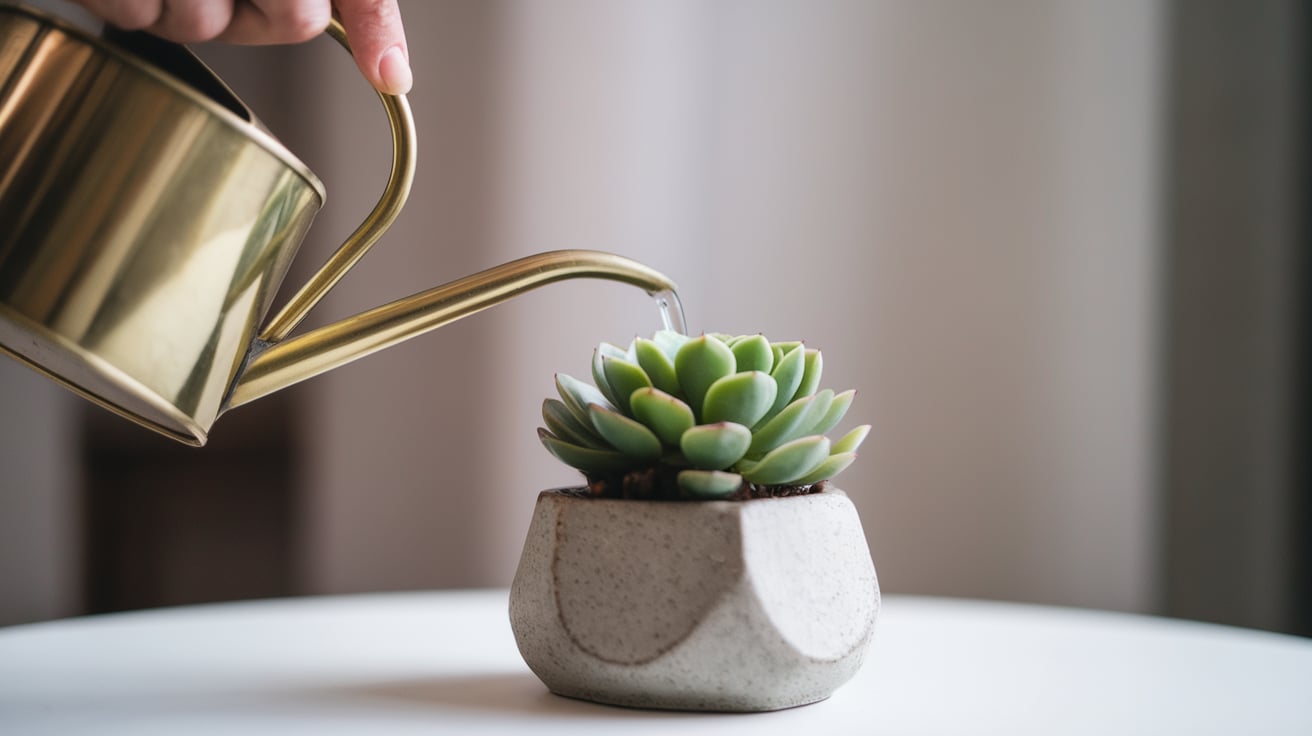Mastering the art of seasonal watering adjustments is crucial for any plant enthusiast, especially urban gardeners. This skill ensures your plants thrive year-round, adapting to the changing environmental conditions. While it may seem challenging at first, with practice, you’ll develop an intuitive understanding of your plants’ needs. The rewards are substantial: healthier plants, reduced water waste, and a deeper connection with nature’s rhythms.
Contents
Tools and Materials
Essential Tools:
- Moisture meter
- Watering can with a narrow spout
- Spray bottle
- Calendar or plant care app
Essential Materials:
- Water (preferably filtered or rainwater)
- Mulch (organic or inorganic)
- Humidity tray
Optional Alternatives:
- Soil probe instead of a moisture meter
- Self-watering pots
- Drip irrigation system for larger collections
Preparation
Time and Space Requirements:
- Initial assessment: 1-2 hours
- Ongoing adjustments: 10-15 minutes daily or weekly, depending on your collection
Safety Precautions:
- Use clean tools to prevent disease spread
- Be cautious of water spillage on floors
- Ensure proper drainage to avoid mold growth
Plant Preparation:
- Group plants with similar watering needs
- Ensure all pots have drainage holes
- Clean leaves to improve transpiration
Step-by-Step Guide
Step 1: Understand Your Plants’ Natural Habitat

- Research each plant’s native environment
- Note natural rainfall patterns and humidity levels
- Identify dormancy periods, if any
Step 2: Assess Current Season and Indoor Environment
- Monitor indoor temperature and humidity
- Observe natural light levels throughout the day
- Consider the effects of heating or air conditioning
Step 3: Adjust Watering Frequency

Spring:
- Gradually increase watering as daylight hours extend
- Monitor new growth and adjust accordingly
Summer:
- Increase watering frequency, especially on hot days
- Water deeply to encourage root growth
Fall:
- Reduce watering as growth slows
- Pay attention to changing light conditions
Winter:
- Significantly reduce watering for most plants
- Increase humidity through misting or humidity trays
Step 4: Modify Water Amount
- Use the moisture meter to check soil moisture before watering
- Water thoroughly until it drains from the bottom
- Adjust amount based on pot size and plant type
Step 5: Fine-tune Watering Technique
- Water at the base of the plant to avoid wetting leaves
- Use room temperature water to prevent shock
- Water in the morning to allow excess moisture to evaporate
5. Common Issues and Solutions
Overwatering:
- Symptoms: Yellowing leaves, mold on soil surface
- Solution: Reduce frequency, improve drainage
Underwatering:
- Symptoms: Crispy leaf edges, drooping
- Solution: Increase frequency, check soil moisture more often
Seasonal Shock:
- Symptoms: Sudden leaf drop, stunted growth
- Solution: Gradual adjustments, maintain consistent care
Plant-Specific Variations:
- Succulents: Reduce watering even more in winter
- Tropical plants: Maintain higher humidity year-round
- Deciduous plants: Reduce watering during dormancy
6. Aftercare
Immediate Care:
- Monitor plants closely after adjusting watering routine
- Be prepared to make quick adjustments if needed
Long-term Maintenance:
- Keep a watering journal to track patterns
- Regularly clean and maintain tools
- Reassess your routine with each season change
Signs of Success:
- Consistent new growth
- Vibrant leaf color
- Absence of pest issues
- Blooming at appropriate times
7. Frequently Asked Questions
Q: How do I know if I’m overwatering my plants?
A: Look for signs like yellowing leaves, mold on the soil surface, and a general droopy appearance. Use a moisture meter to check soil moisture before watering.
Q: Should I mist my plants in winter?
A: It depends on the plant type and your indoor humidity levels. Many tropical plants benefit from misting in dry winter air, but succulents and plants prone to fungal issues should avoid misting.
Q: Can I use the same watering schedule for all my plants?
A: No, different plants have varying water needs. Group plants with similar requirements together and adjust your watering routine accordingly.
Q: How do I water my plants when I’m on vacation?
A: Consider self-watering systems, asking a friend to water, or temporarily moving plants to a more humid area. For short trips, a deep watering before leaving may suffice.
Q: Should I water my plants at night?
A: It’s generally better to water in the morning. This allows excess water to evaporate during the day, reducing the risk of fungal growth.
8. Conclusion
Mastering seasonal watering adjustments is a journey that requires observation, patience, and adaptability. Remember these key steps:
- Understand your plants’ natural habitats
- Assess your current indoor environment
- Adjust watering frequency seasonally
- Modify water amounts as needed
- Fine-tune your watering technique
By following these guidelines and staying attuned to your plants’ needs, you’ll develop a watering routine that ensures your urban garden thrives throughout the year. Don’t be discouraged by initial challenges – each season brings new learning opportunities and a chance to deepen your connection with your plants. Happy growing!








